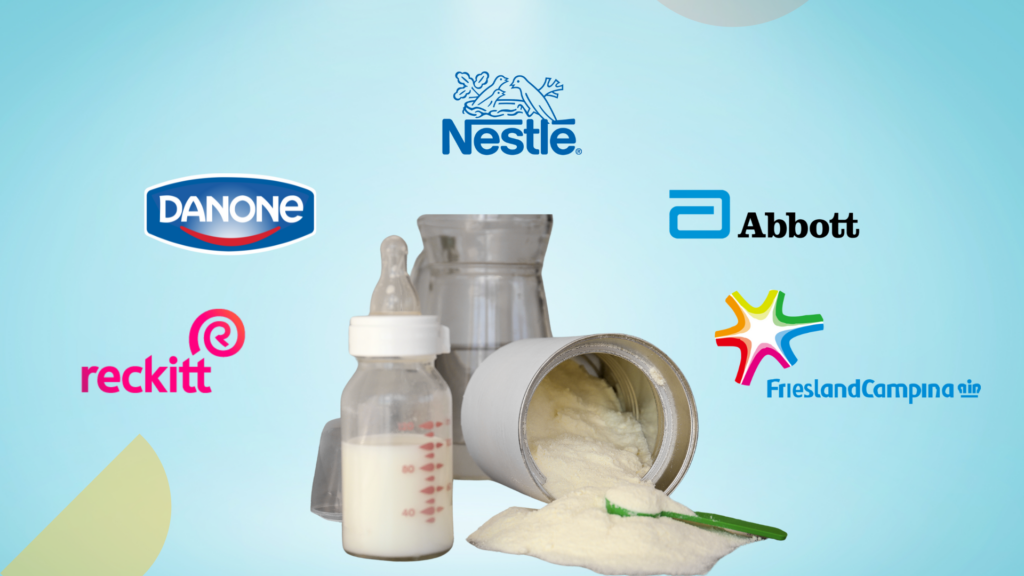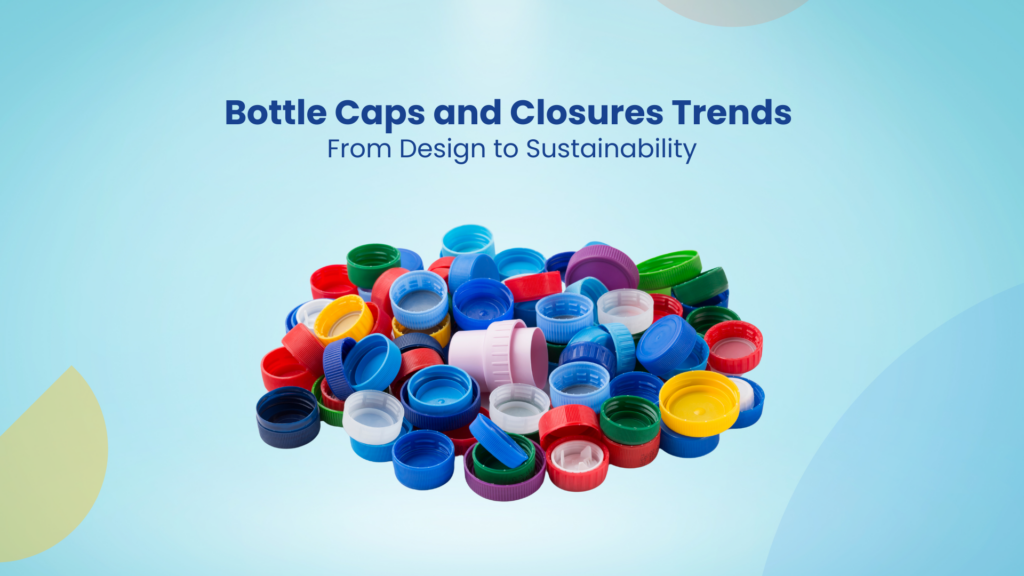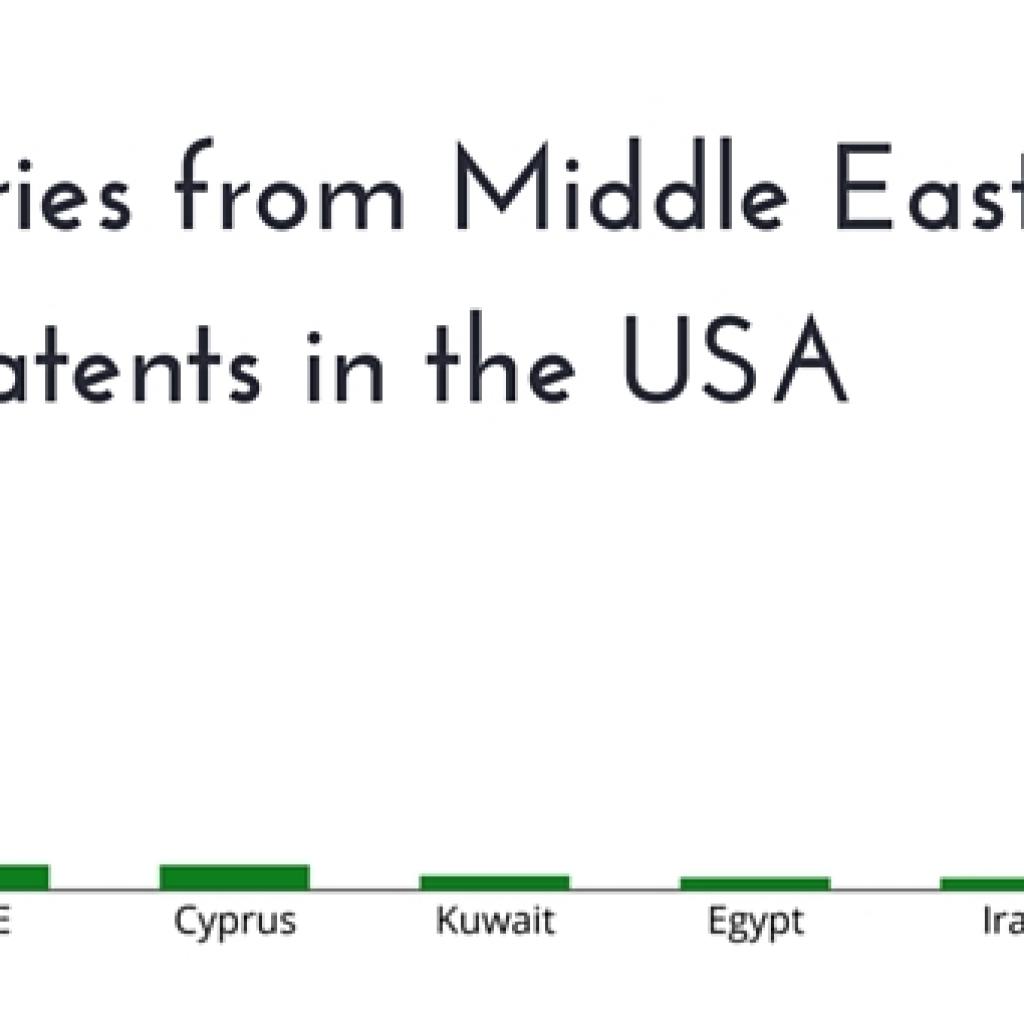In recent months, the legal Cannabis market has emerged as a hot topic of discussion among technology enthusiasts, as the market is emerging post-haste as more and more governments are legalizing it for medical as well as an adult use.
The burgeoning marijuana industry hosts a plethora of business opportunities including legal cultivation, production, hemp products and services, R&D concerning cannabis and its industrial derivative, et cetera. But along with the host of opportunities, there are multiple barriers for those seeking entry into this much-anticipated cannabis industry.
If your organization has plans to venture into the domain, I’m sure that you might be concerned about these barriers too. You might also want answers to the questions like:
- What approach top players are following to retain their position?
- What is going on in cannabis microdosing, nutraceuticals, biofuels, cosmetic products?
- What is going on in cannabis beverages?
- Which are the top start-ups working on different areas?
- What kind of M&A activity is happening in the sector?
If yes, then we have a webinar lined up for you. Register here.
What are the barriers in the Marijuana Research?
What are these barriers? Let me jot down a few for your convenience:
- What technology area should I pursue keeping an eye on the geographical advantages?
- Which areas in technology space might be ripe for pursuing patents, or which are evidently too important to ignore, regardless of crowding in the area?
- What are the most promising areas in the market? What areas should you invest your time and money into?
- What are the biggest pathways for entry into the food and beverage sector?
- What are the opportunities in marijuana cultivation?
We have talked more about such barriers in our previous article of the series. You can read it here: Why is it high time to invest in Marijuana Research?
Having mentioned that, it should be noted that the barriers differ for each entity.
To put forth more explicitly, let’s consider a scenario where a plant breeding company and a tobacco company need to explore the cannabis space. The targets and barriers for companies will be different. e.g. – for a plant breeding company the barrier might be to know ‘the best breeding mechanisms’ or ‘the best type of agrochemical for a particular breed’, whereas for a Tobacco company the barriers might be ‘the quantity of marijuana to be included into their cigarettes’ or ‘what percentage of THC and CBD could be embodied’ etc.
Another example could be related to a company that is trying to get its feet into some new areas in the marijuana domain while being an active entity in another. The barrier for such a company could be – What are the technology areas they can benefit most from given their geographical advantages? What could other technology areas be fruitful for them to pursue? Now, such hurdles could block the road ahead and therefore need to be removed.
How can Technology Segmentation Help Set Clear Research focus and Business Goals?
What is Technology Segmentation?
Technology segmentation is a division of technology into various small categories. These small categories are based on the understanding of a technology domain, and different business challenges/applications. It not only provides the technological overview but also in-depth technological structuring as well.
For the sake of convenience and familiarity, we would refer to segmentation as taxonomy from this point onwards.
We know this question might be at the top of your mind right now – How are we going to use the taxonomy? Scroll down for the answer.
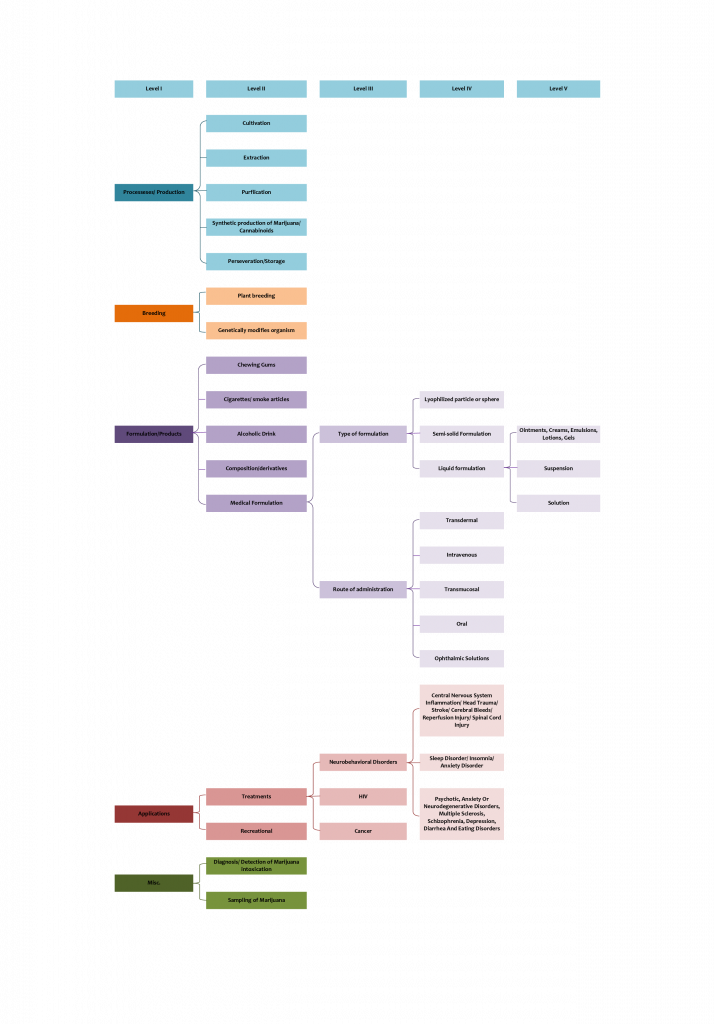
The above taxonomy has been crafted based on the understanding of the domain gained by skimming through multiple (50-100) patents and NPL documents.
As there are distinctive business goals for different consumer requirements, one taxonomy structure for all the goals wouldn’t “fit the mold”. This is because every technology area has different in-depth fields associated with it and every area/field has different challenges.
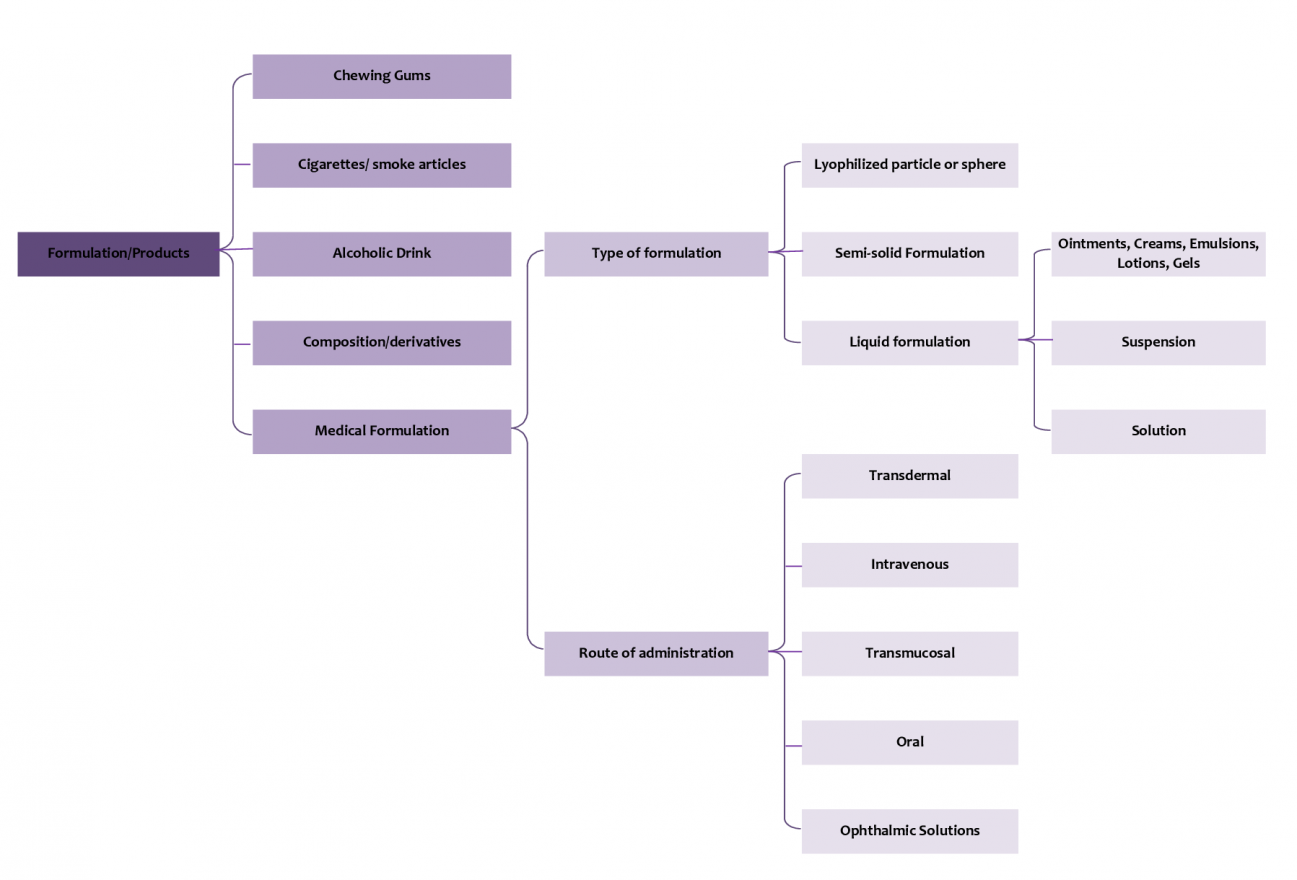
For example, in the taxonomy above if your area of interest is Medical Formulation (Level-II under Formulation/Products), there could be different types of medical formulations like semi-solid, liquid, etc. (as mentioned under Level-IV of Formulation/Products). These different formulations have different types of products or fields associated with it like ointments, creams, lotions or gels, etc. (Level-V under Formulation/Products). The challenges for emulsions can be ‘stabilizing and emulsifying ingredients’ or ‘hydration of ingredients’ whereas for gels challenges can be ‘pH change’ or ‘presence of ions and ultraviolet irradiation’ etc.
There are different types of challenges and requirements for all these fields. Therefore, a distinctive taxonomy structure, based on the requirements of different business goals for deeper analysis is needed. This taxonomy could help in picking your area of interest wisely, specifically and smartly. Knowing it, you could dive deeper into the landscape to understand the intricacies and challenges associated with it.
Have an area of interest you want to have a deep dive at? We are an email away.
Authored by: Gaurav Sharma, Associate, Solutions.
This article is a part of an ongoing series on the Marijuana domain. Below is the list of all the articles of the series:






